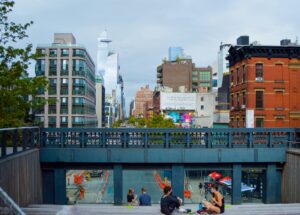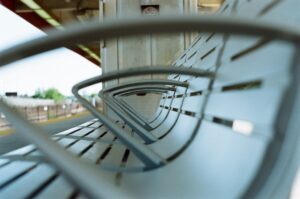A Guardian Cities investigation has for the first time mapped the startling spread of pseudo-public spaces across the UK capital, revealing an almost complete lack of transparency over who owns the sites and how they are policed.
Pseudo-public spaces – large squares, parks and thoroughfares that appear to be public but are actually owned and controlled by developers and their private backers – are on the rise in London and many other British cities, as local authorities argue they cannot afford to create or maintain such spaces themselves. Although they are seemingly accessible to members of the public and have the look and feel of public land, these sites – also known as privately owned public spaces or “Pops” – are not subject to ordinary local authority bylaws but rather governed by restrictions drawn up the landowner and usually enforced by private security companies.
The Guardian contacted the landowners of more than 50 major pseudo-public spaces in London, ranging from financial giant JP Morgan (owner of Bishops Square in Spitalfields) to the Tokyo-based Mitsubishi Estate (owner of Paternoster Square in the City of London) and the Abu Dhabi National Exhibitions Company (owner of the open space around the ExCeL centre).
We asked them what regulations people passing through their land were subject to, and where members of the public could view those regulations. All but two of the landowners declined to answer. We also asked all local authorities in London for details of privately owned public spaces in their borough, via the Freedom of Information Act; most councils rejected the request.
Read the full article on The Guardian
Authors Jack Shenker
Recommended by Floor van Ditzhuyzen











More Stories
Security by Design: Protection of public spaces from terrorist attacks
Plaza de la Vila in Sencelles by Moneo Brock
The Council for European Public Space presents new perspectives for a European public sphere